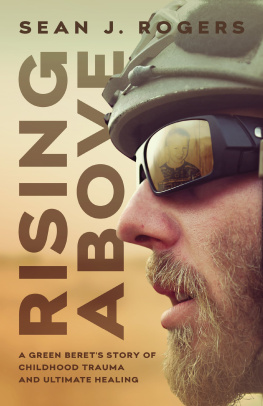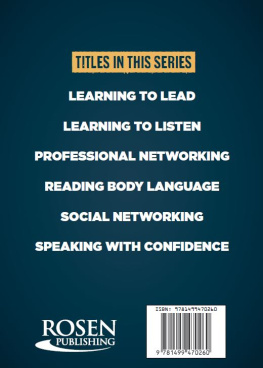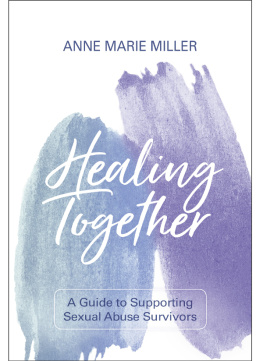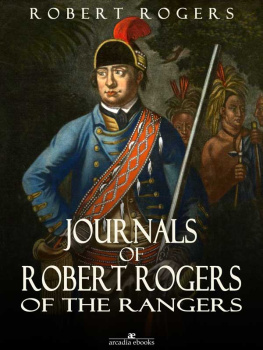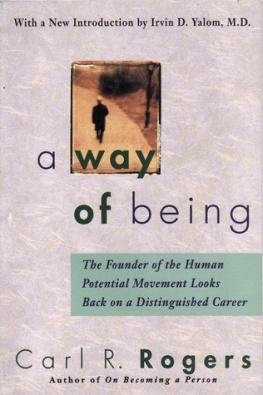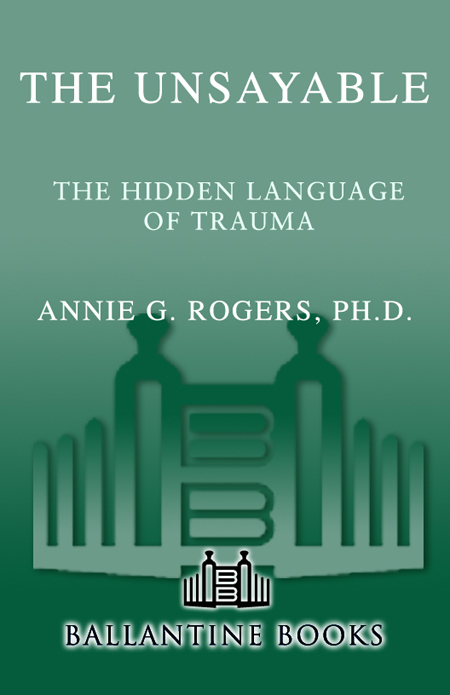Introduction
The wheels made music through the long morning. Sunshine, a hazy, lazy stream of light, filtered into the train. The cars rocked from side to side. The moist air smelled faintly of air freshener, and more convincingly of cigarettes and fried chicken. A small black girl dropped a deck of cards in the aisle. They slipped and spilled under bags and packed sandwiches, fell and slid over men's loafers and women's pumps. I gathered them, crawling toward the child. She moved quickly, leaping from pile to pile. I was nineteen years old, and this was a fine diversion, this slipping of cards, cascading of expectations. Our eyes met and she started to laugh. I took it up and we giggled, breaking the silence. Alesha was eight years old, traveling with her grandmother. We played cards: war, hearts, war, hearts, and double solitaire. We ran through the cars the length of the trainfourteen cars to the front. Then we ran four cars to the dining area, and two cars beyond that to the caboose. When we returned, Alesha's grandmother brought out iced tea from a cooler and thick ham and mustard sandwiches for all three of us. All afternoon we played. We were taking a three-day journey from St. Louis to New York City.
The funny thing was that Alesha didn't say much. In fact, she hardly spoke at all, only things like C'mon or Your turn now, little hints about how to navigate the train and her games with her. In the evening she and I stood out on a little porch behind the caboose, the tracks trailing out behind us. Here the wind was wild, taking out long strands from my braids, roughly tousling her short tight curls. Night gathered in the houses and silos and barns and animals from the fields, pulled the horizon in tight, tighter. We sang whatever songs came to mind; her Baptist church songs, my summer camp songs, and a few Christmas carols we both knew filled the warm July night. Her voice was unbroken, and I tuned my singing to her vocal range, leaving the highest notes to her. Down came the blue bowl of sky, a colander studded with bits of light. Far away and high upthe cosmos was peering in, listening.
Alesha told me that her parents had died in a car wreck, and that she was going to New York to live with her auntie, whom she'd never met. I didn't have any idea why she told me this, unless it's that children, too, find in a stranger on a journey someone to whom it's possible to speak. I told her my father died when I was a child, and then we didn't say anything. When we began to sing again, all of our songs sounded like laments, even the joyful ones, even the funny camp songs.
I fell asleep beside Alesha and traveled through the Arctic in a small canoe that rocked in the water. It was light all day and all night and you couldn't tell time because time had stoppedas it does in a dream, as it does in trauma, and always in madness. From the shore, Eskimos called out in a tongue I didn't know. When I went ashore, one of the women was serving hot, strong tea. I didn't know the language and couldn't even thank her. A small raccoon, drinking tea, asked in English, Where are we going?
Out, out into the cosmos, I answered.
I wakened to the clanking of the wheels. Alesha's grandmother was reading an old National Geographic, an ancient one, circa 1966. Beside her sat Alesha and beside Alesha a stuffed raccoon (I must have noticed it) and beside the raccoon a grape Nehi soda, unopened and coldyou could tell by the amount of sweat on the aluminum. Alesha's grandmother handed me the can and a straw and went back to reading. In forty-eight hours we were in New York City. I never saw them again.
I wasn't a child therapist when I met Alesha. I was emerging from a second mental breakdown and hospitalization, traveling with the wary permission of my mother and my doctors. That meeting with Alesha made a connection to another human being that was beyond my voices and visions. Perhaps because she didn't talk much, Alesha had a lot to say to me; I had a feeling about her, even before she told me her parents had died and she was moving to meet her auntie now. In some sense we were both living between worlds. We were each going out, out into the cosmos, she to an unknown relative and I to look at an art school and see friends in New York. We each carried our private anguish on that train, and yet those few hours together changed something, if only lightly, slightly, also memorably, at least for me.
I later became a child therapist, a college professor, and a writer. I became, in short, what I was becoming already: someone who liked to draw and paint, someone for whom time could hold still in the presence of voices, someone who heard certain stories of suffering with a sense of awe for the child speaking.
This book grows out of twenty years of treating children and follows my development as a psychotherapist. Some of the children I met eventually spoke directly about a story of suffering, as Alesha did, and yet their stories remained beyond their words. Most of the children I saw did not speak plainly to me, and many had to find another avenue, another expression, to discover their way into speech. Almost from the beginning I heard something more puzzling in their words an unconscious plea or signal for help, as if these children were crying out urgently to be heard. And it seemed to me that this cry was muted: difficult or impossible for adults to discern.
In my first ten years as a psychotherapist I saw children who had been abandoned, who had been physically and sexually abused; these were children who were nearly unreachable, children who were trying to enter time and were called developmentally delayed. I saw boys as well as girls, and my earliest psychoanalytic work was with young boys. I remember an eleven-year-old who burned down a barn with horses in it, a boy who told outrageous lies, to convey the horror of his sexual abuse. There was another little boy who ran away twenty-two times before the age of eightand the first of these times he was just threeto escape being raped by an uncle who was a priest. At nine this child couldn't stop running. Sometimes we went outside so that he could run the bases of an invisible diamond, yelling Home run, home run! But was he running toward home or away from it? The stories I tell in this book are not unique to girls, and yet I focus on girls.
In my meetings with both boys and girls, I tried many ways of listening and responding. I began working with teenagers, trying to give them a means of expression, a voice, through the creative process of making things. I also treated children and adolescents in individual psychotherapy, using a psychoanalytic approach that was fairly eclectic and included a focus on trauma. I learned about an unspeakable and lasting terror through the details of my relationship with each of my young patients. Gradually, finding a limit in this relational approach, I turned to something newa particular form of psychoanalysis and a structure for listening created by the French psychoanalyst Jacques Lacan.
Lacan was a brilliant psychoanalyst who lived in Paris from 1901 to 1981, but few people in America, including psychoanalysts, understand his work. He is far better known in Europe and South America. This is due, in part, to the fact that he draws from French philosophical and cultural traditions, as well as surrealist art, the classics of antiquity, and linguisticsand refers to all of these ideas as though his listener is also familiar with them. He makes a radical return to Freud in his work, and many American psychoanalysts, trained in ego psychology, object relations, or relational psychoanalysis, find this peculiar. Finally, Lacan's writing (drawn from oral presentations) is itself a play with language, including multiple references, puns, and word resonances best appreciated in French. Until recently few translations were available.



